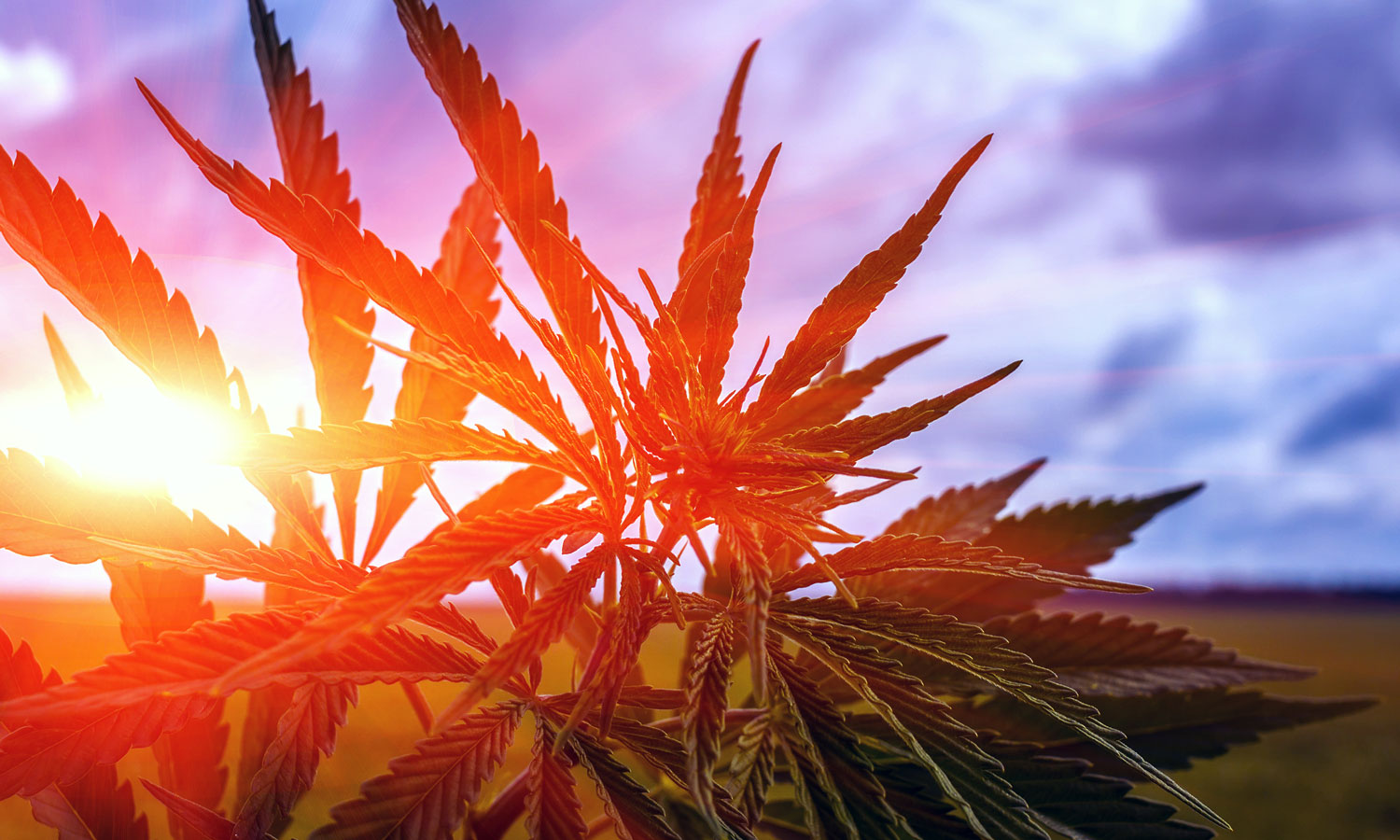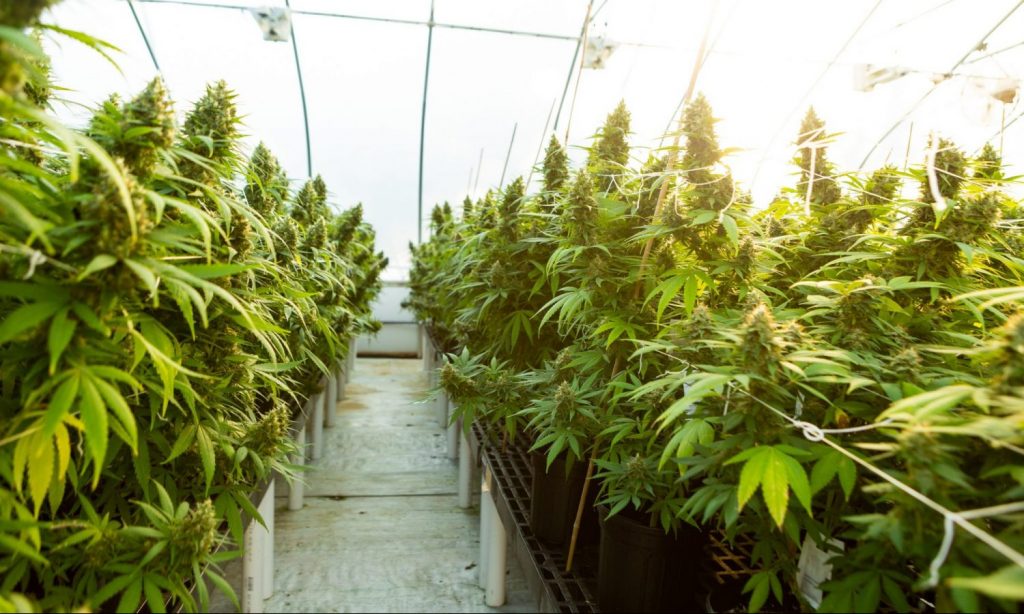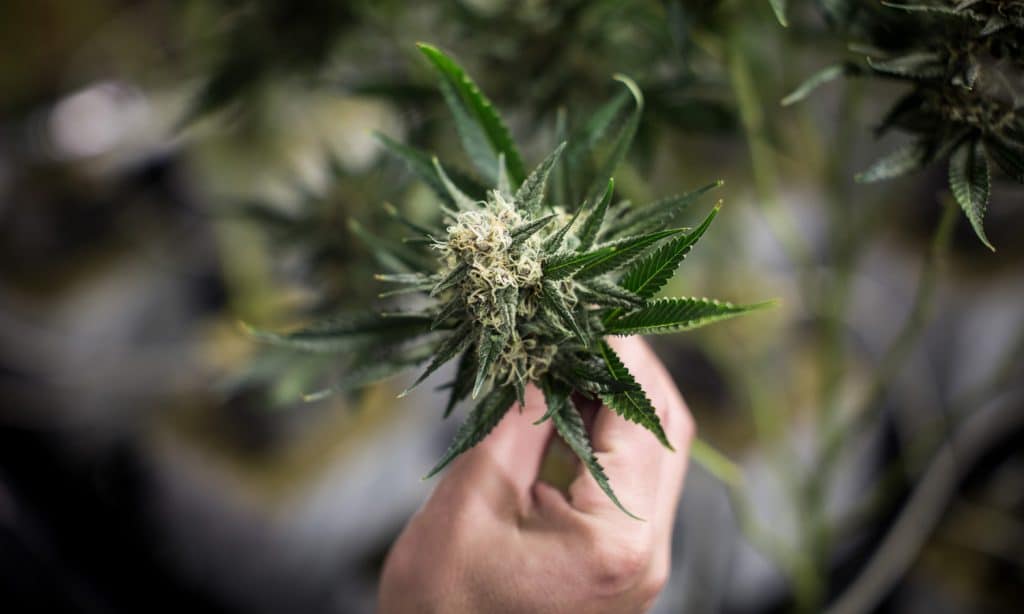
So you want to learn how to grow marijuana outdoors
Now that marijuana is legalized in more parts of the country, most of the weeds are grown in sophisticated indoor grow houses. This is where technology and horticulture collide to create optimal conditions for this precious plant to thrive into the buzzing monstrosity it has become. But there was a time not so long ago when this plant was raised like any other crop in the American countryside – outdoors.
There were no computers to control light and water, no real barriers to protect plants from animals or other invaders into space, just some seeds, nature, and a little personal care to produce decent yields. Because here’s the thing about the cannabis plant: it wants to grow but doesn’t need all of those expensive equipment to do it. And it doesn’t take a scientist to produce it. Anyone who has ever grown a tomato plant has what it takes to grow weeds in an outdoor garden at home.
Here are some tips to get you started.
Photo by Marco Jimenez via Unsplash
As mentioned earlier, marijuana wants to grow. It has a way of adapting to the bizarre climate changes that can occur. But just like humans, it’s not a huge fan of extreme weather conditions. If it gets too hot or too cold outside, the cannabis plant simply won’t respond positively. The plant (during the vegetative stage) enjoys temperatures between 70-85 ° F. If you live in a place where the heat is above the mid-80s for long periods of time, there is a risk that the plant will be damaged and even die . During the flowering stage (the stage your plant is producing buds), marijuana has temperatures around 65-80 ° F. But remember, these temperatures are only his preference. A couple of 90 degree days doesn’t mean your pot harvest is doomed.
RELATED: Plant Power: Growing Your Own Medicinal Marijuana
When choosing a spot for your outdoor marijuana garden – whether you are planting in the ground or in containers – it is best to choose a location where the plants can get as much direct sunlight as possible. Just like tomatoes, cannabis plants need around 8 hours of uninterrupted sunlight every day. Some professionals suggest structuring outdoor gardens so that the archway faces the sun. Plants should be placed in a relatively open area to allow plenty of air to circulate throughout the day. However, if strong winds prevail in your forest neck, you may need to consider placing the garden near a barrier to keep the brutality of the breeze to a minimum.

Of course, there are unscrupulous people out there who will try to steal your plants when they get a chance. It is therefore always recommended to set up the garden in a private, safe place. We recommend using portable containers to allow some flexibility. This allows you to experiment with locations during the vegetative phase. It also gives you the freedom to bring the plants indoors in the evening to keep them safe and cool until morning.
When planting seeds directly in the ground, there is some work that needs to be done first. It is recommended that you plant the site a few weeks before planting and mix in soil amendments. You can do this the old fashioned way by making your own compost or simply buying a variety of compost products from your local garden center.
RELATED: What’s Better, Weed Inside or Outside?
Again, this is not rocket science. If your home dirt isn’t very good – you’ve already planted things and it’s a lost cause – it might be best to just take the route of each container. If so, get some breathable pots (between 5 and 10 gallons). Choose the 5-gallons for medium-sized plants and 10-gallons for larger ones. Meanwhile, buy high-performance potting soil like Fox Farms Ocean Forest Soil or Roots Organic. Marijuana growers have had great success with such products.
Once you have some plants in the ground (or in containers) and they are resting slightly under the sun, the next important step is to keep them watered. Hopefully it rains a lot in your part of the world and nature will just do its thing – although most professional growers try to avoid rain due to mold and other potential problems. But we usually see some dry spells during the summer months.

You want to keep the soil moist. Depending on the size of the plant, areas with higher temperatures will need between 1 and 10 gallons of water a day. If you give them steady watering in the morning, you should be doing the trick. Remember to keep the soil moist without drowning the plants. So, if you find that water is pooling above the floor for an extended period of time, it’s time to loosen the hose a little. Water them again as soon as the top layer of soil is dry.
RELATED: What’s the Difference Between Sun-Grown and Indoor-Grown Marijuana?
It will likely be necessary to protect your plants from animals and other hungry creatures. As with any garden crop, this can be done with a small fence. Insects can also be a problem. The three most common drawbacks for cannabis plants are spider mites, fungus mosquitoes, and aphids. There are some natural insecticides on the market that can prevent these animals from ruining your crops.
Professional growers often try to be way too scientific about the cannabis growing process because they believe it will help produce a higher quality product. And we’re not saying they’re wrong. But there is really no need to think about every detail when growing marijuana. As we’ve mentioned several times, cannabis wants to grow. This is one of the reasons it is often referred to as a weed. Do you know how to grow like a weed? Just make sure your plants have sun, good soil, and water and have fun with the process. You will be amazed at the results.

Post a comment: